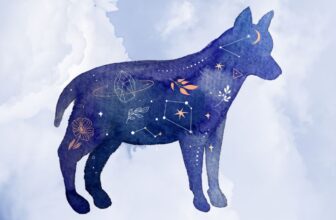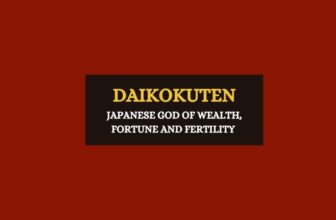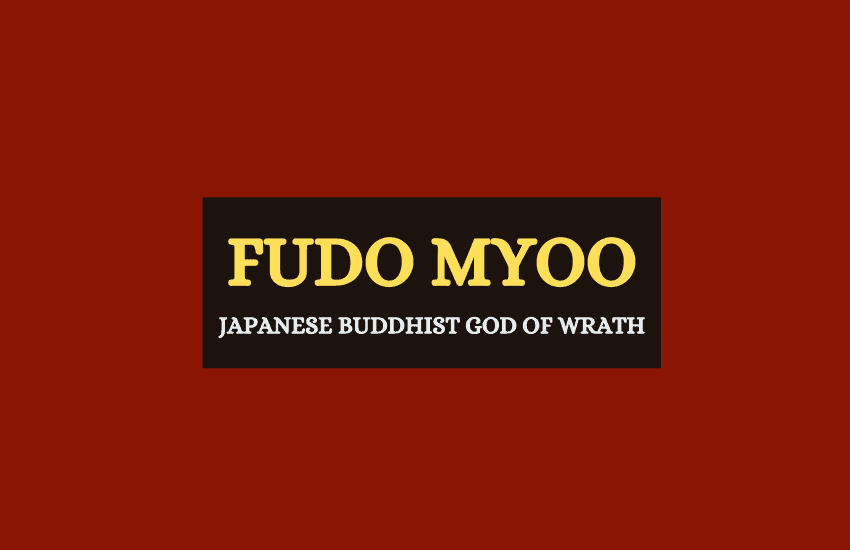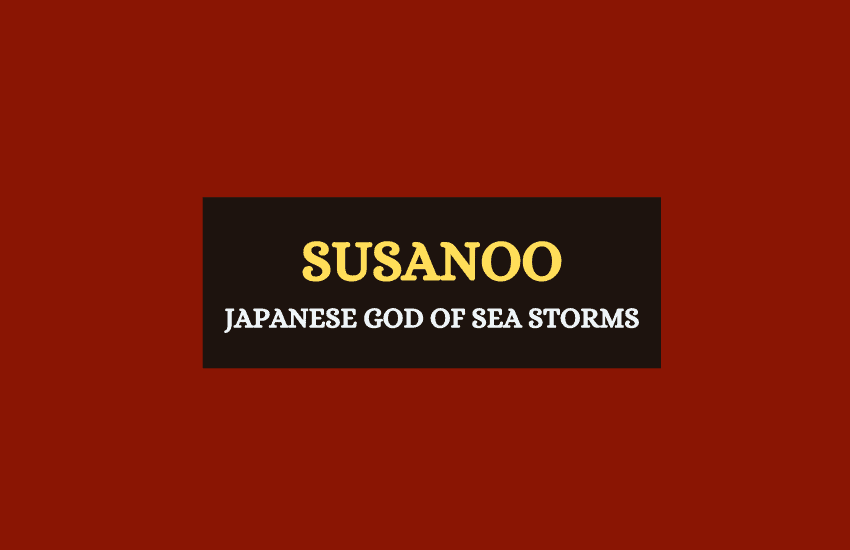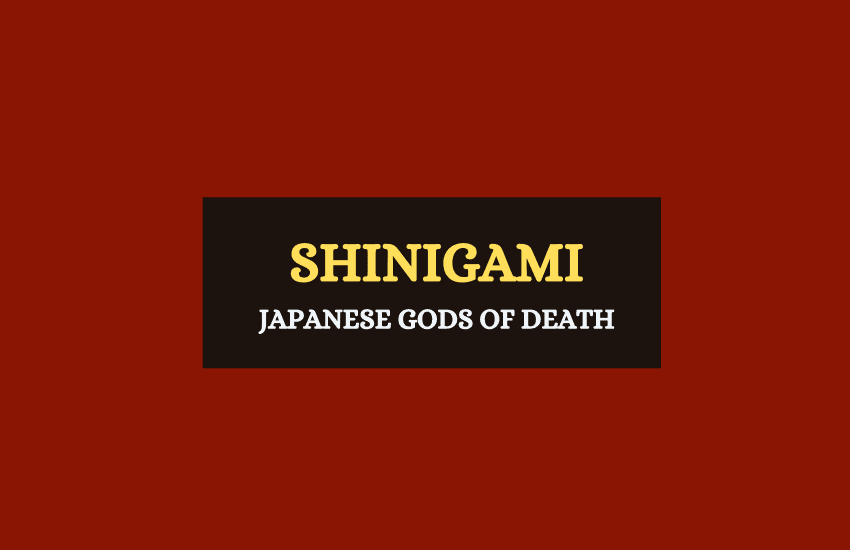
Table of Contents
The Shinigami are some of the most unique and interesting characters in Japanese mythology. Latecomers into the mythos of Japanese Shintoism, Buddhism, and Taoism, the Shinigami were inspired by Western and mainly Christian stories of the Grim Reaper. As such, they act as both spirits and gods of death in Japanese culture.
Who are the Shinigami?
The very name Shinigami means death gods or spirits. Shi is the Japanese word for death while gami comes from the Japanese word for god or spirit kami. Whether these figures lean closer to gods or spirits, however, is often left unclear because their mythos is very recent.
The Birth of the Shinigami
While most of the kami gods in Japanese Shintoism have written histories that date back for thousands of years, the Shinigami are never mentioned in ancient or classical Japanese texts. The earlier mentions of these death spirits are in the late Edo period, around the 18th and 19th centuries.
From here, the Shinigami began to be mentioned in several famous books and kabuki (classical Japanese dance-drama performances) such as Ehon Hyaku Monogatari in 1841 or Mekuranagaya Umega Kagatobi by Kawatake Mokuami in 1886. In most of these stories, the Shinigami are not portrayed as all-powerful gods of death but as evil spirits or demons that tempt people to commit suicide or that keep watch over people in their moments of death.
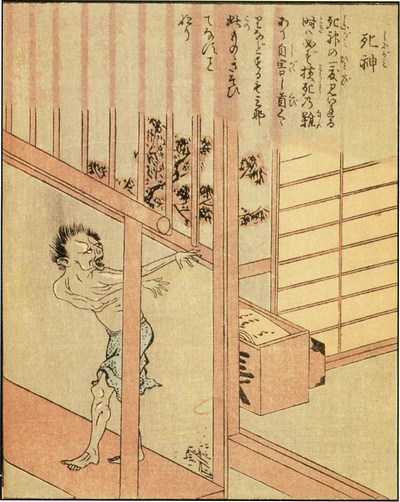
This has led most scholars to theorize that the Shinigami were a new edition to Japanese folklore, inspired by the Grim Reaper myths of Christianity that was making its way into the country.
There are also some Shinigami stories that show these kami making deals with people and tricking them into their deaths by giving them small favors. These stories are very similar to the Western myths of crossroad demons. At the same time, however, other even more recent stories portray the Shinigami as actual gods – beings that preside over the realm of the dead and make the cosmic rules of life and death.
The Shinigami and the Old Japanese Gods of Death
The Shinigami may be a new addition to Japanese mythology but there are quite a few gods of death in Shintoism, Buddhism, and Taoism that predate the Shinigami and were later dubbed as some of the major Shinigami.
Probably the most prominent example of such a deity is the Shinto goddess of Creation and Death – Izanami. One of the two original kami to shape and populate the Earth with her brother/husband Izanagi, Izanami eventually died in childbirth and went to the Shinto Underworld Yomi.
Izanagi tried to save her but when he saw her decaying body he was horrified and ran away, blocking the exit of Yomi behind him. This enraged Izanami, the now-dead and former kami of Creation, who then became the kami of death. Izanami vowed to kill a thousand people a day as well as to keep giving birth to misshapen and evil kami and yokai (spirits) of death.
Still, Izanami was never called a Shinigami in classical Japanese literature before the Edo period – she was only given the title of the First Shinto Shinigami after the Japanese Grim Reapers joined the Japanese mythos.
The Shinto Death Goddess is not the only deity to be dubbed a Shinigami post-factum, however. Yama is the Shinto kami of the Underworld Yomi and he too is now viewed as an old Shinigami. The same goes for the oni – a type of Shinto yokai spirits that resemble demons, trolls, or ogres.
There’s also the Japanese Buddhist god Mara who is a celestial demon king of death that’s now also viewed as a Shinigami. In Taoism, there are the demons Horse-Face and Ox-Head that were also viewed as Shinigami after the Edo period.
Role of the Shinigami
As the Japanese Grim Reapers, the Shinigami have become synonymous with death, probably even more so than the Western Grim Reapers themselves. What’s even more disturbing about them, however, is their apparent affinity for suicides.
Many of the Shinigami stories from the 18th century to recent years portray these demon kami as whispering suicidal thoughts into people’s ears. Double suicides were also very common – the Shinigami would whisper in the ear of someone to first murder their spouse and then kill themselves too. The Shinigami would also possess people and lead them to their deaths in dangerous places such as mountains or railway tracks.
Outside of suicides, Shinigami are sometimes given a more morally ambiguous role – as spirit guides of the dying into the afterlife. In this context, the Shinigami are seen as helpers.
Because of these associations, there are many supersitions surrounding Shinigami. For example, some believe that you have to drink tea or eat rice prior to sleeping to avoid being possessed by Shinigami if you’ve gone to attend to someone during night time.
Importance of the Shinigami in Modern Culture
The Shinigami may be new to classic Japanese literature but they are very common in modern pop-culture. The most famous examples are the anime/manga series Bleach, the Shinigami are a sect of celestial Japanese Samurai who keep order in the afterlife.
In the similarly popular anime/manga Death Note, the Shinigami are grotesque but morally ambiguous demon spirits who choose those fated to die by writing their names in a notebook. The whole premise of the series is that one such notebook falls to the Earth where a young man finds it and starts using it to rule the world.
Other famous pop-culture examples that portray different versions of the Shinigami include the manga Black Butler, the famous series Teenage Mutant Ninja Turtles, the anime series Boogiepop Phantom, the manga Initial D, and others.
Wrapping Up
The Shinigami are among the unique beings of Japanese mythology, but their recent advent into the pantheon suggest that they were inspired by the Western concept of the Grim Reaper. However, while the Grim Reaper is portrayed as evil and is feared, the Shinigami are more ambiguous, sometimes depicted as frightening monsters and at other times portrayed as helpers.




